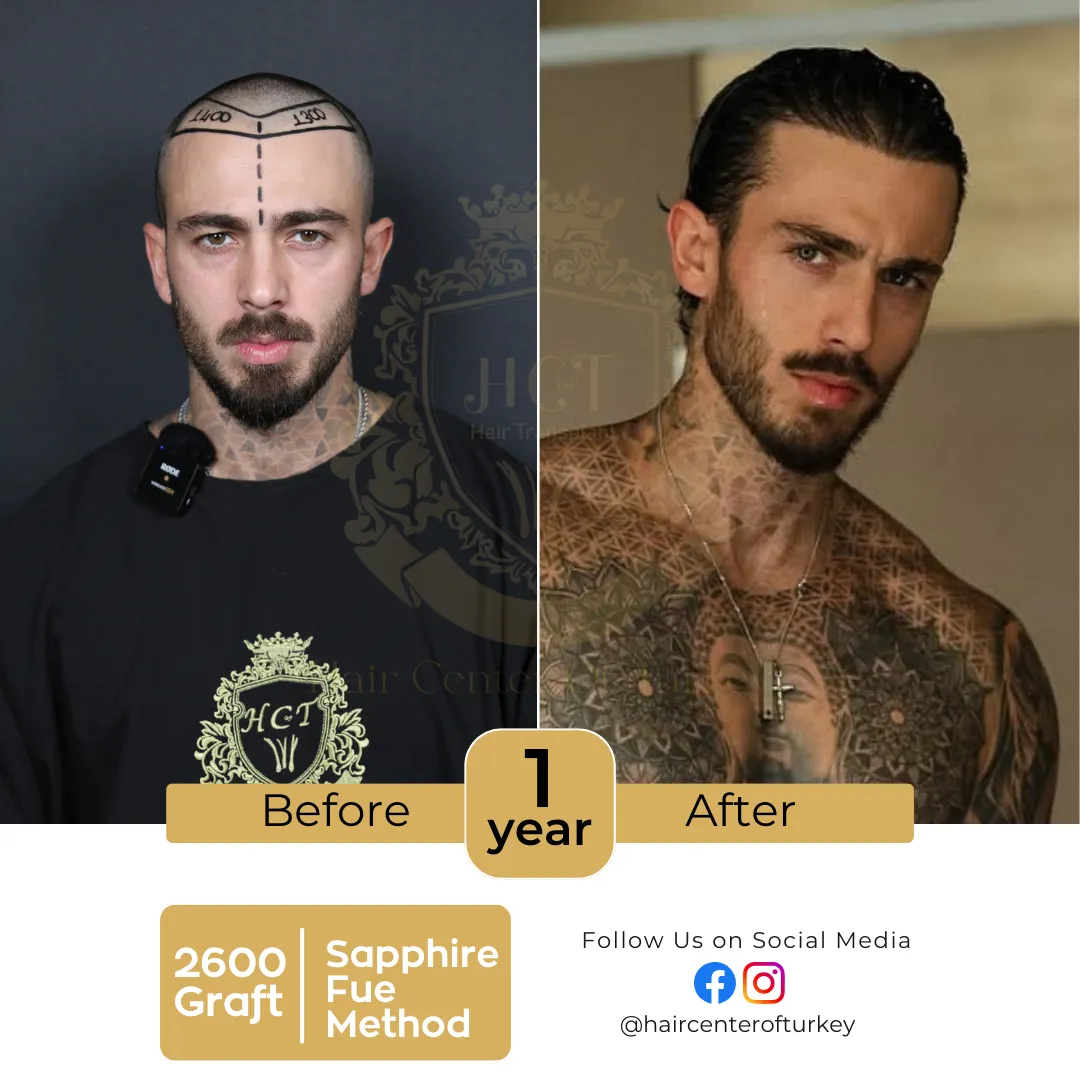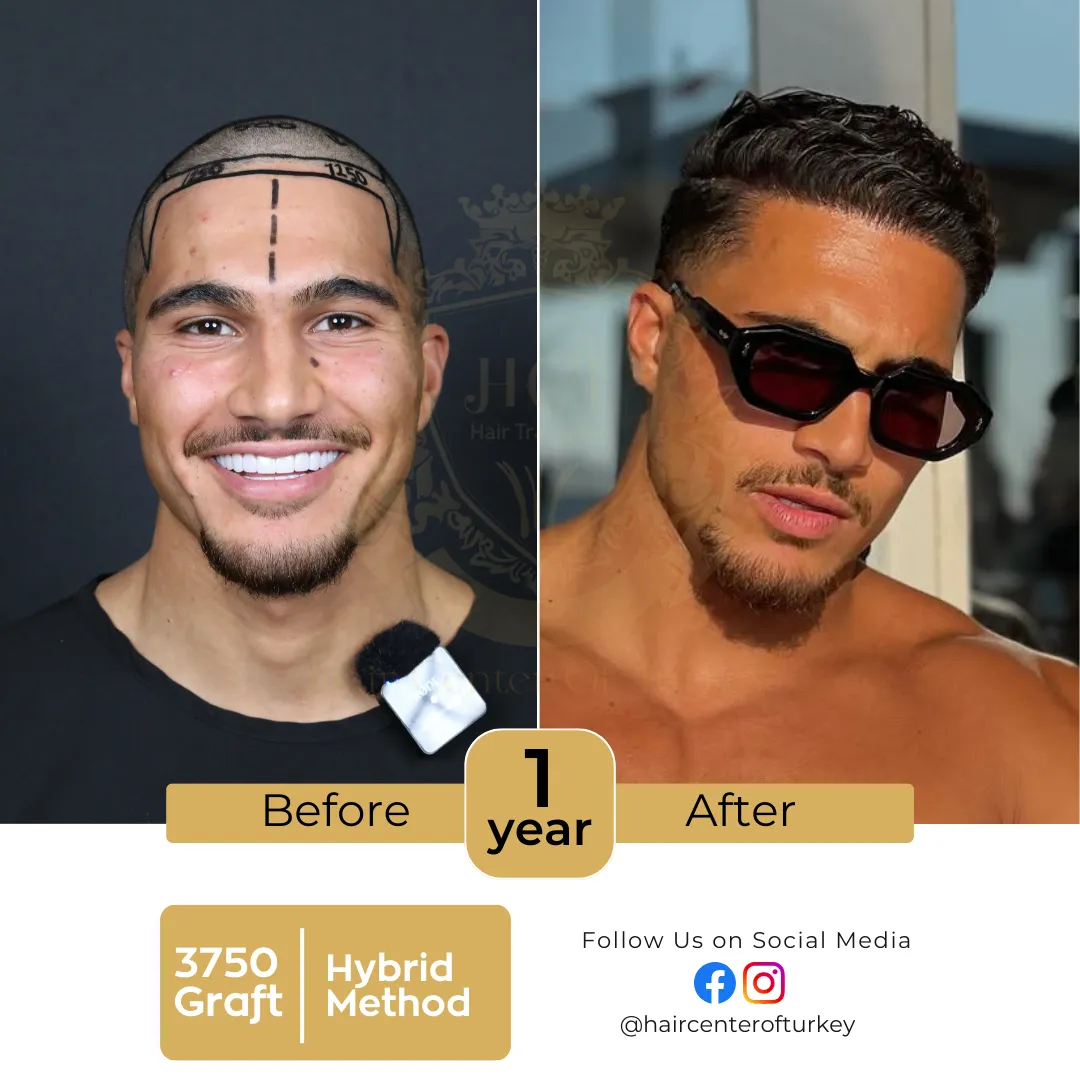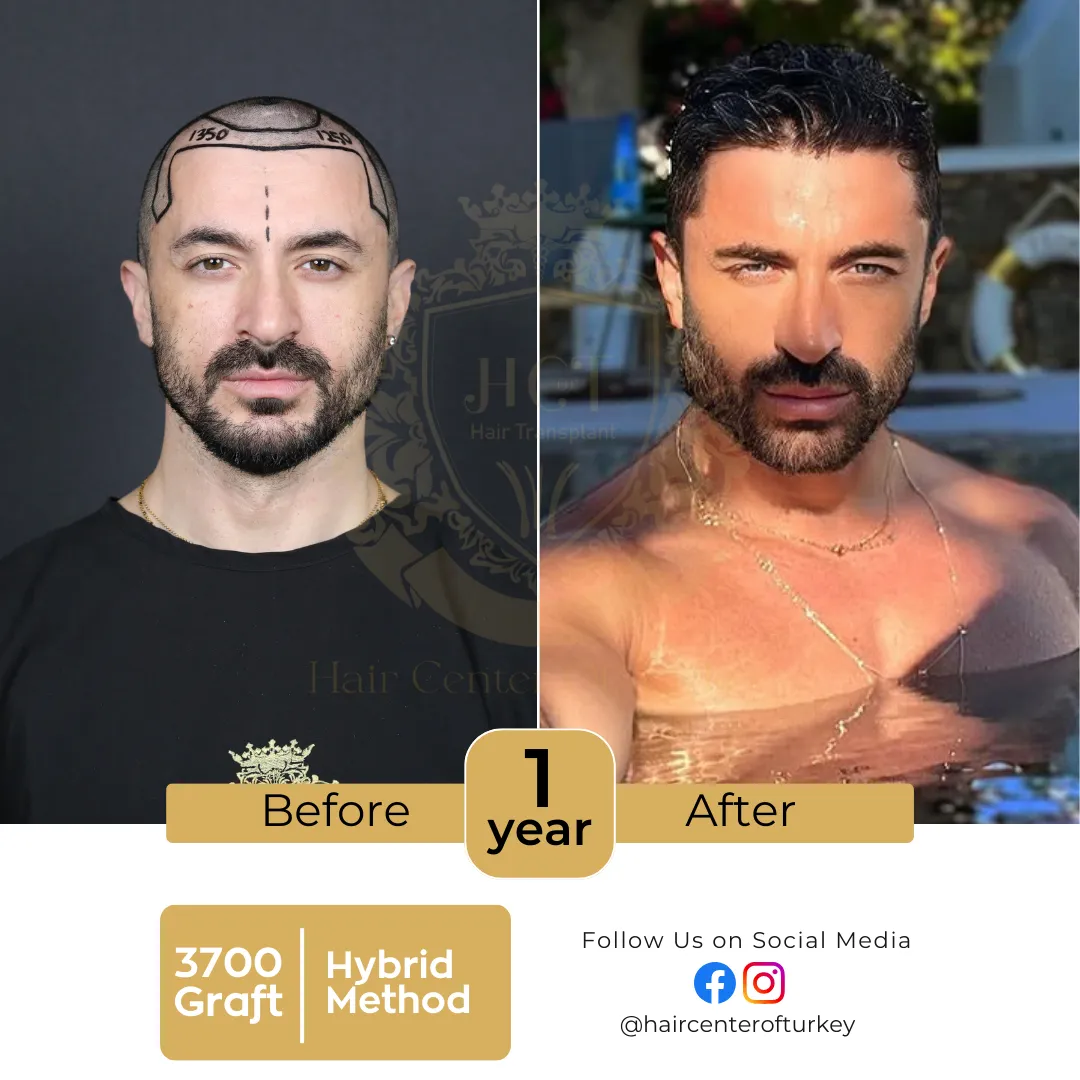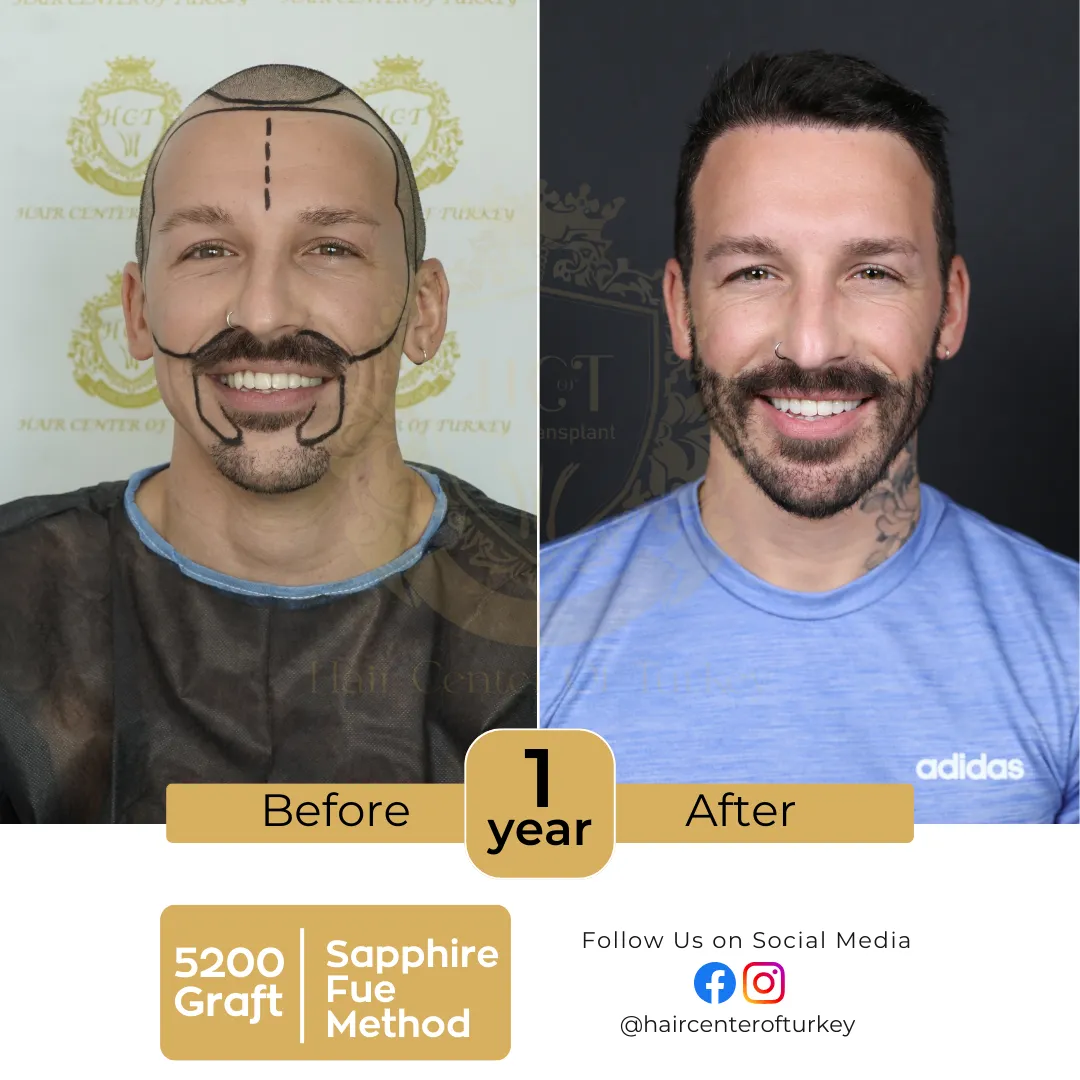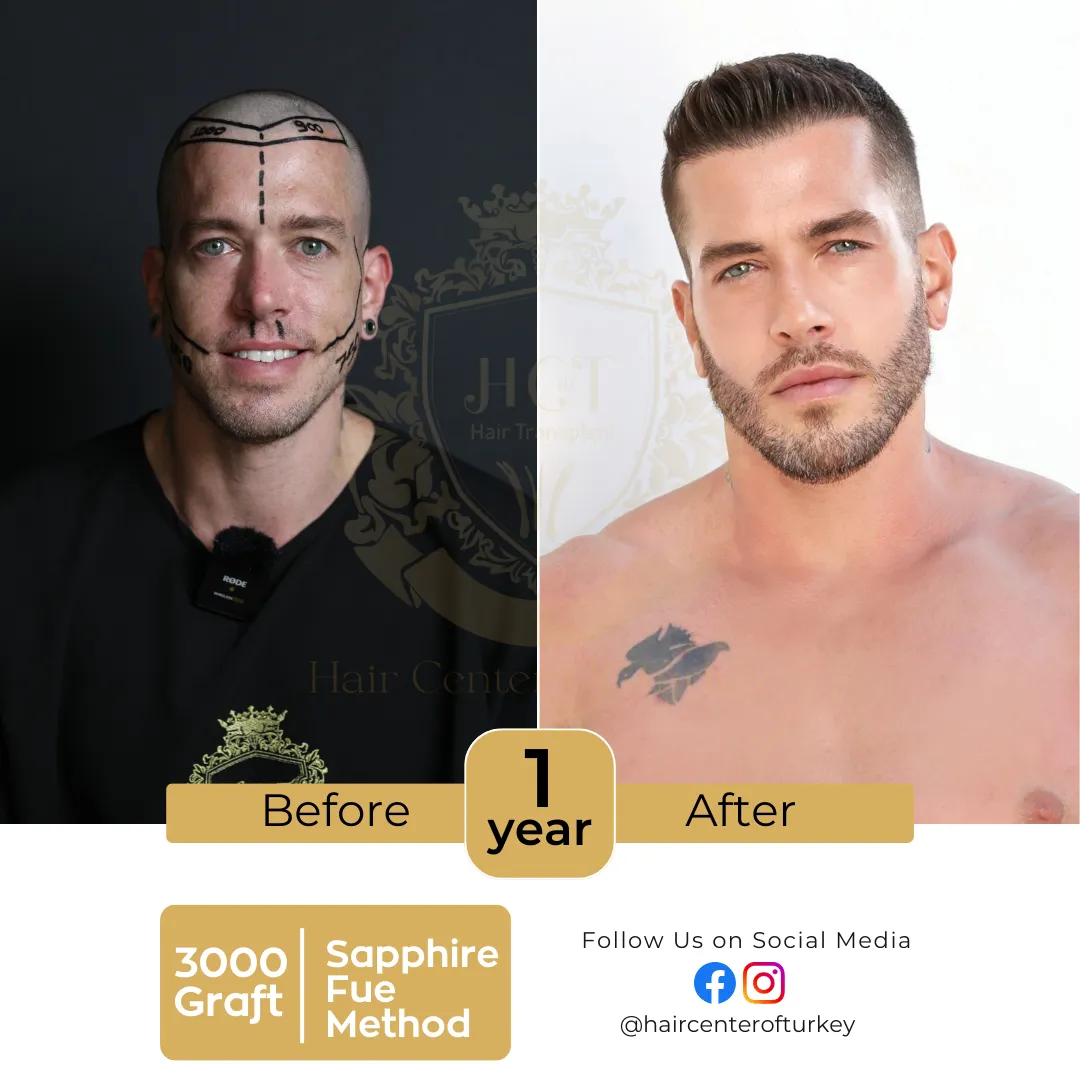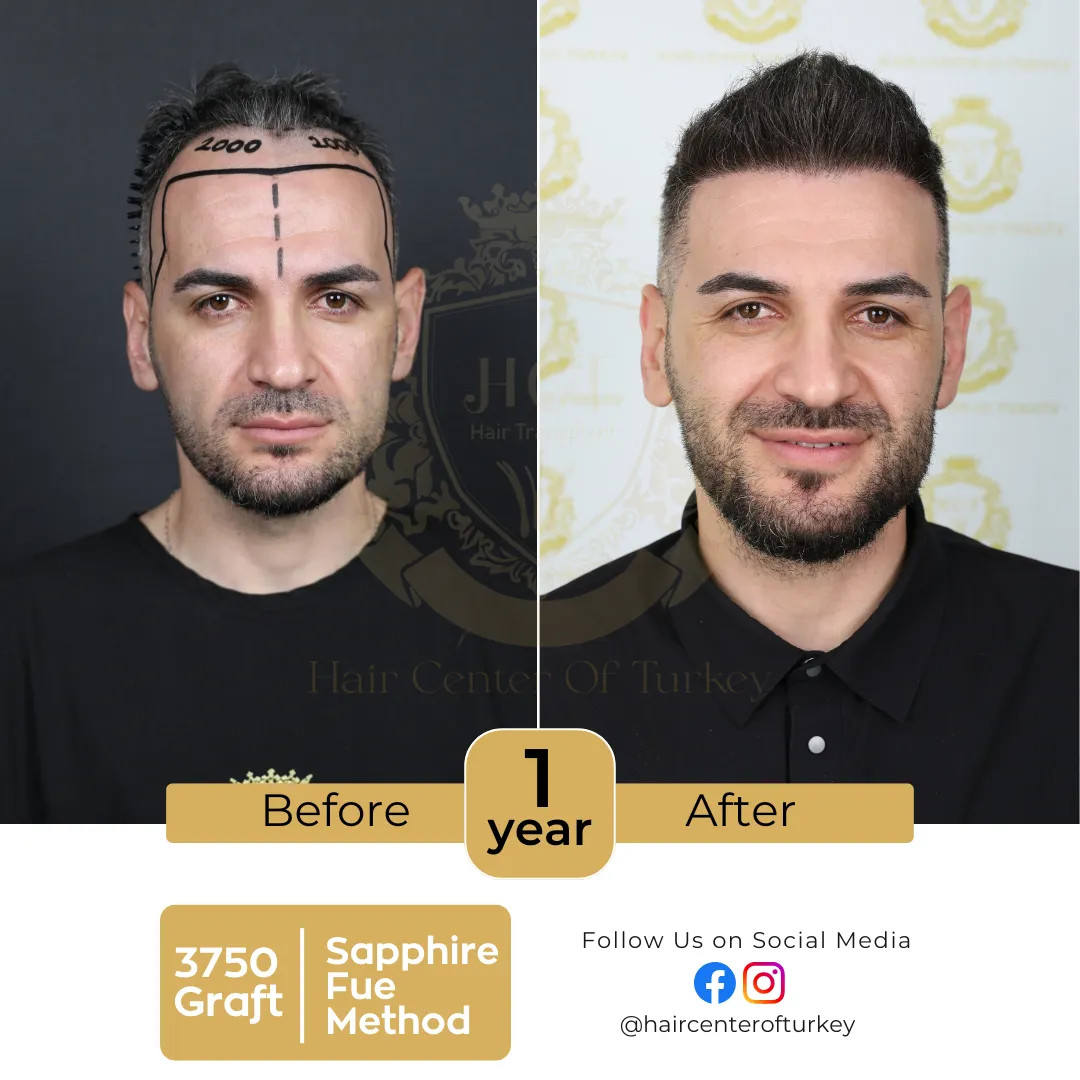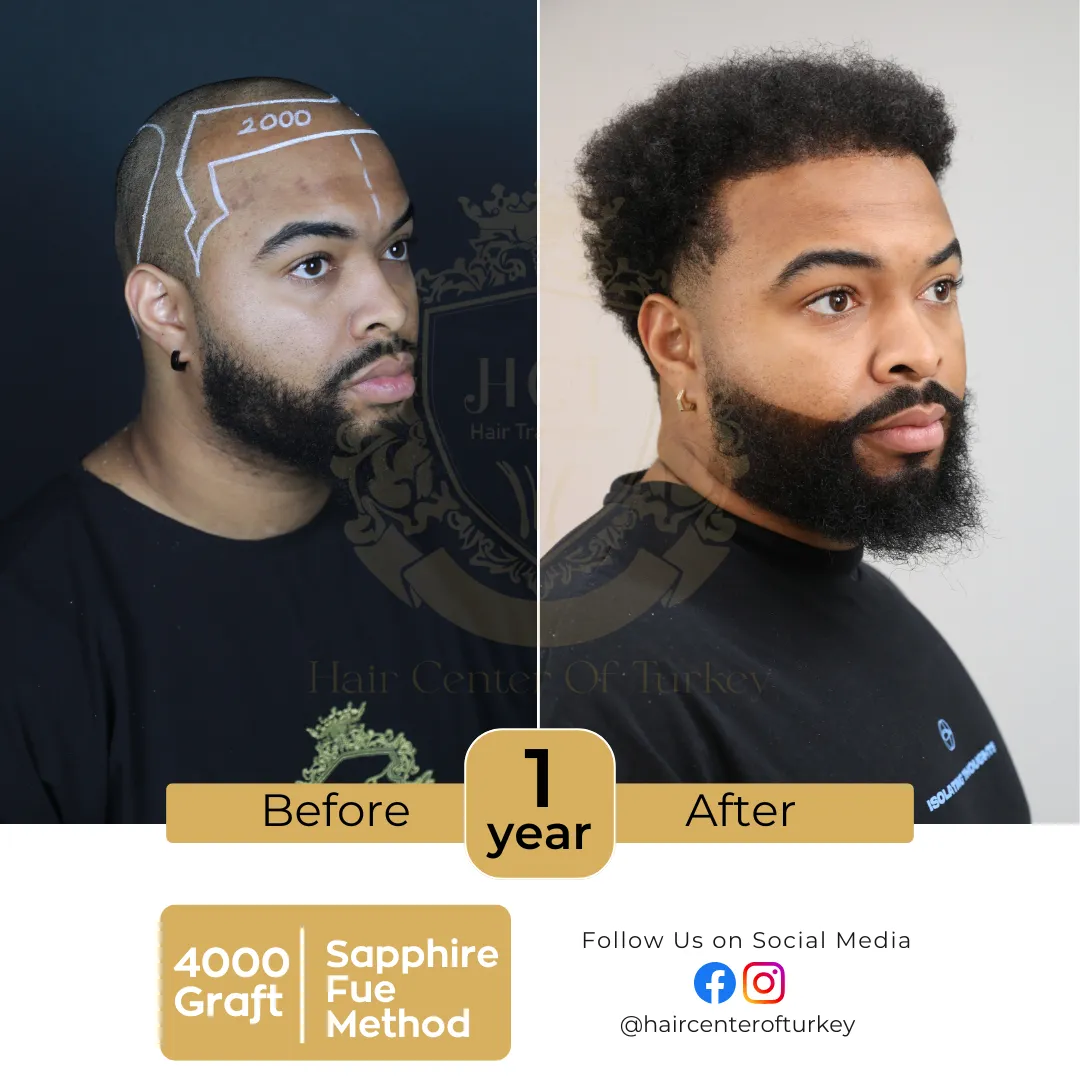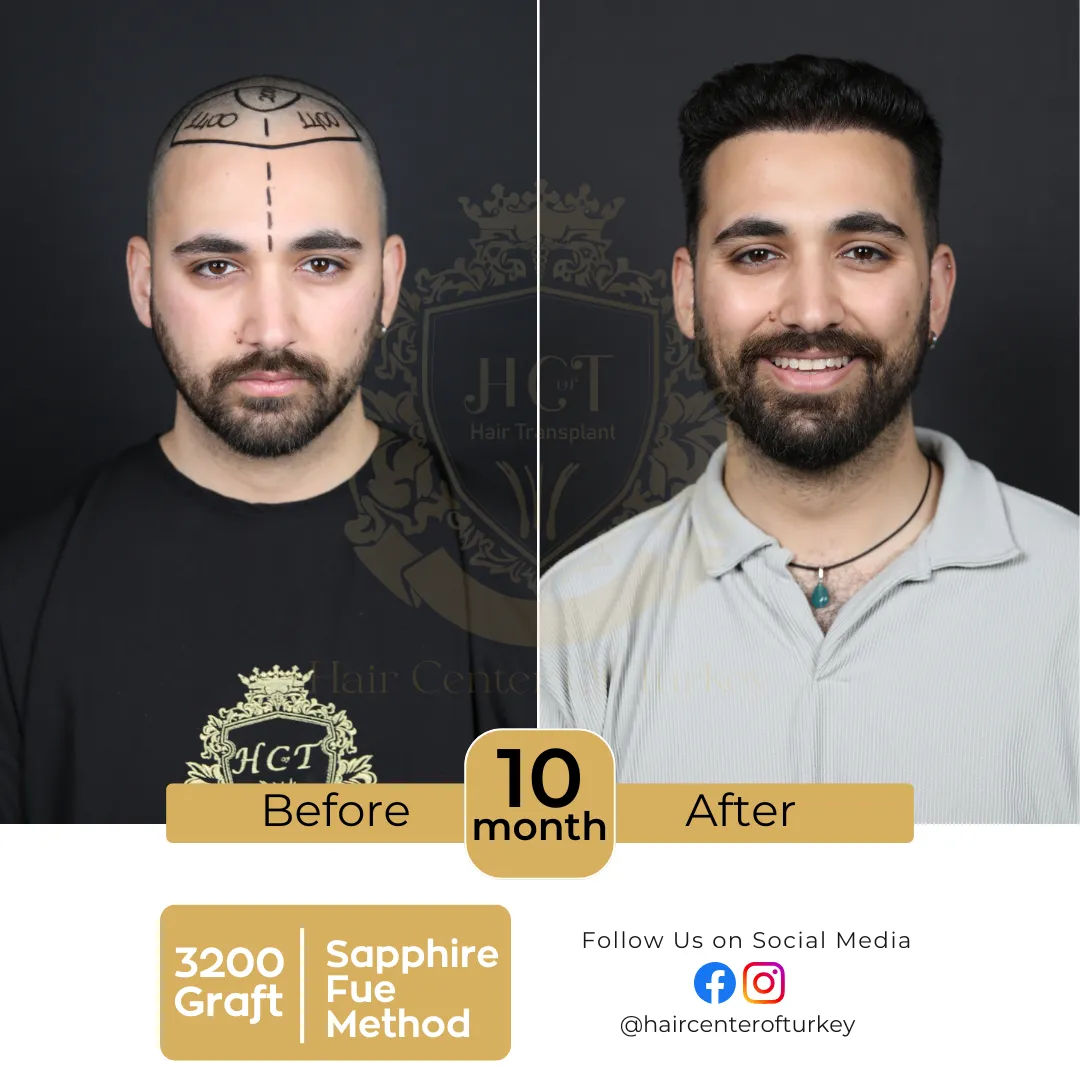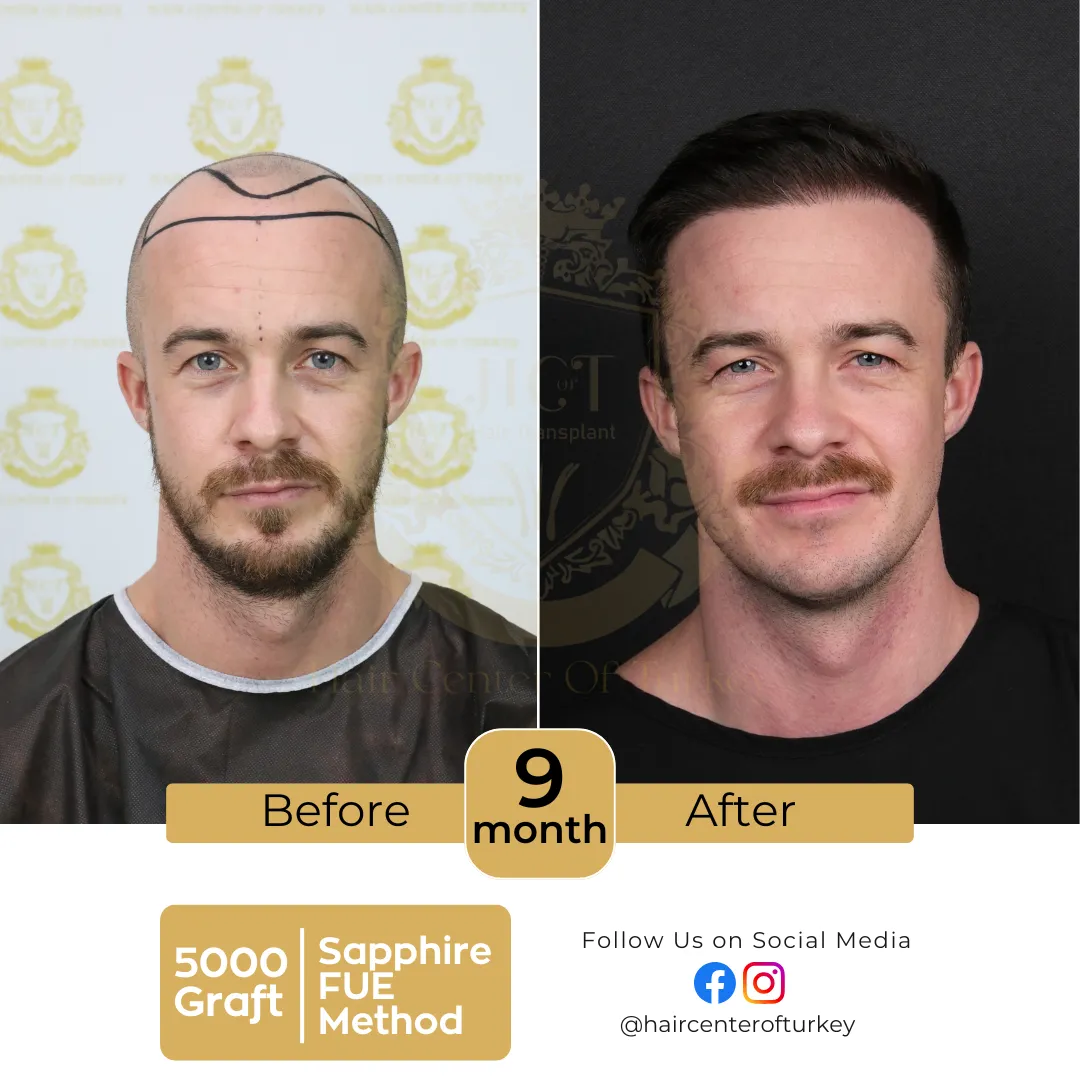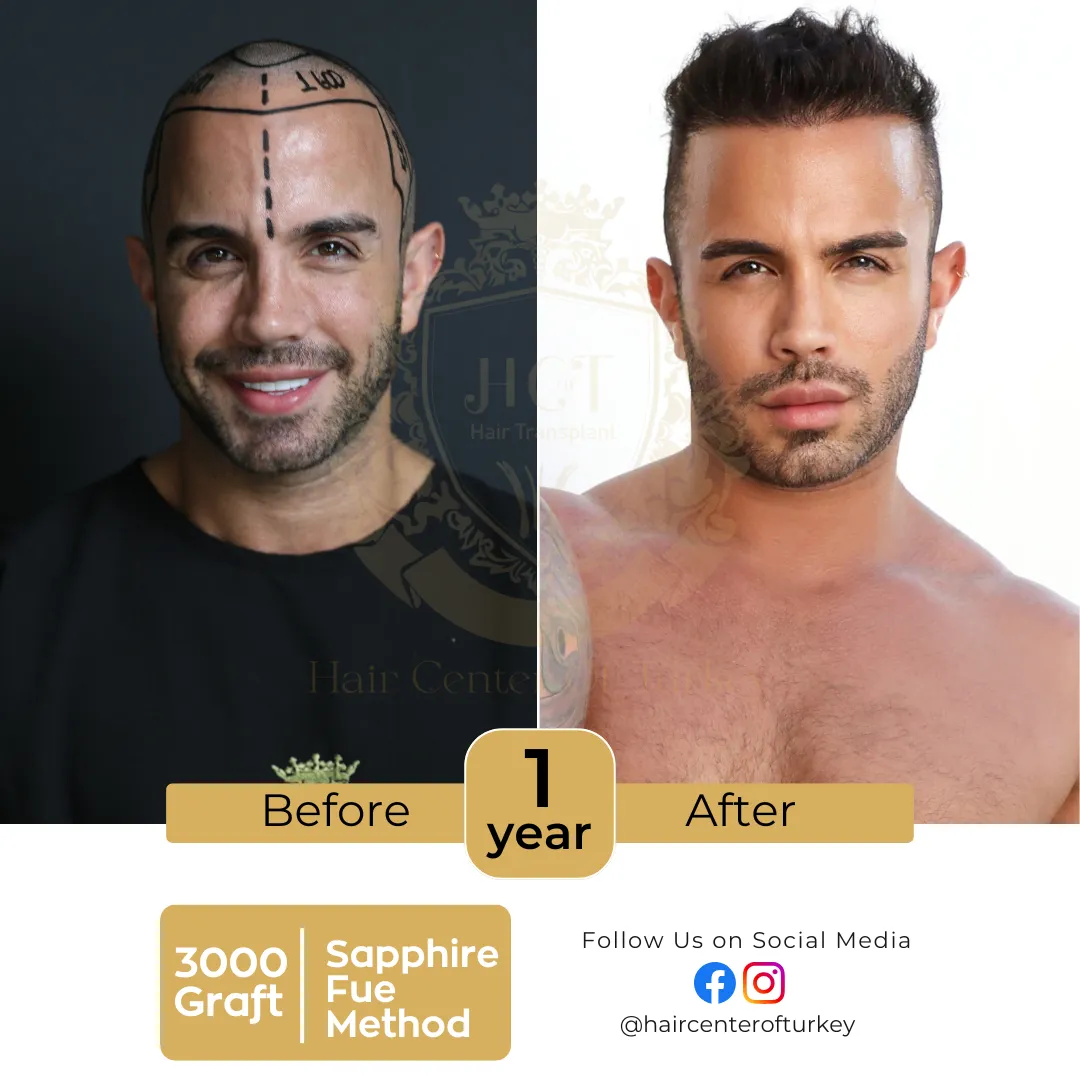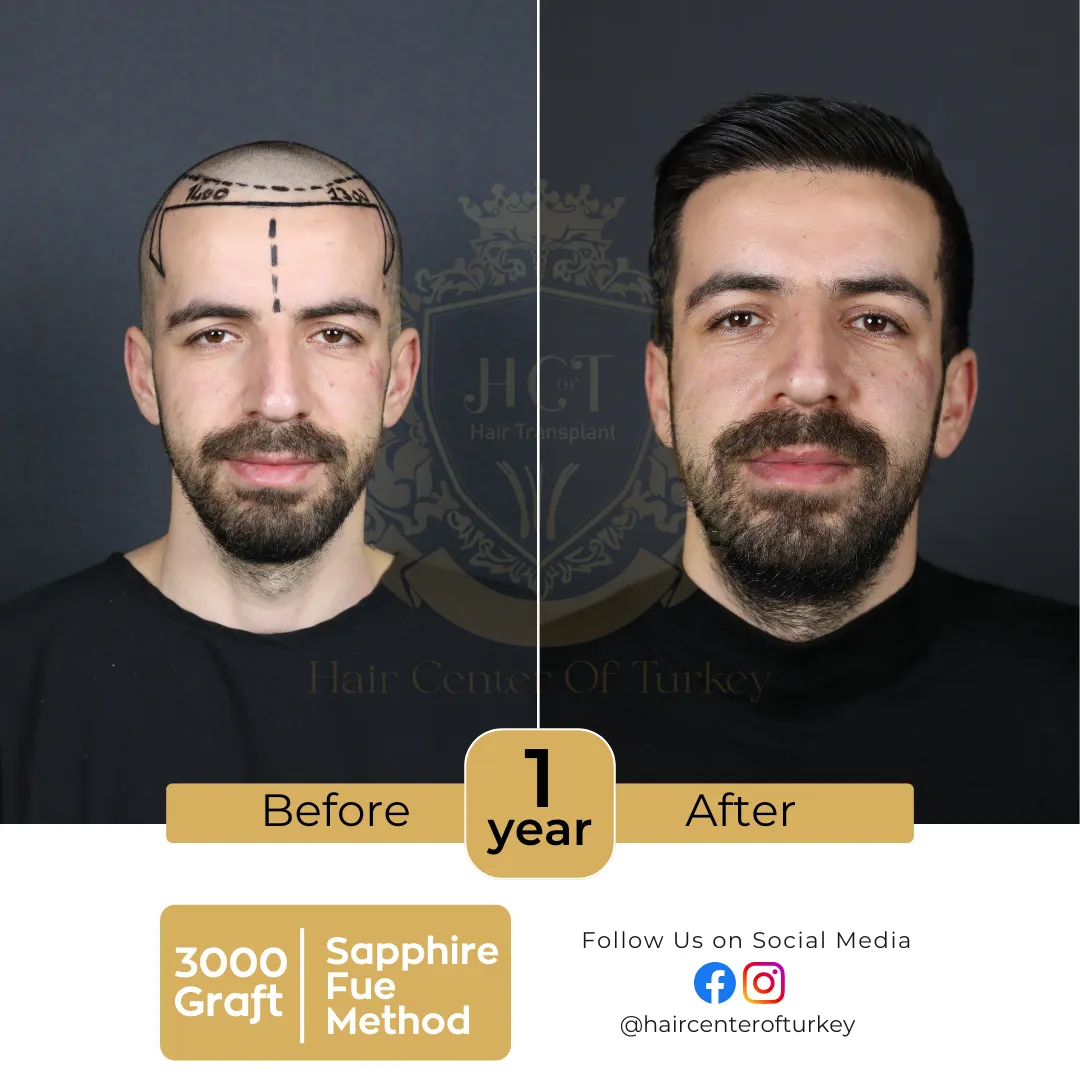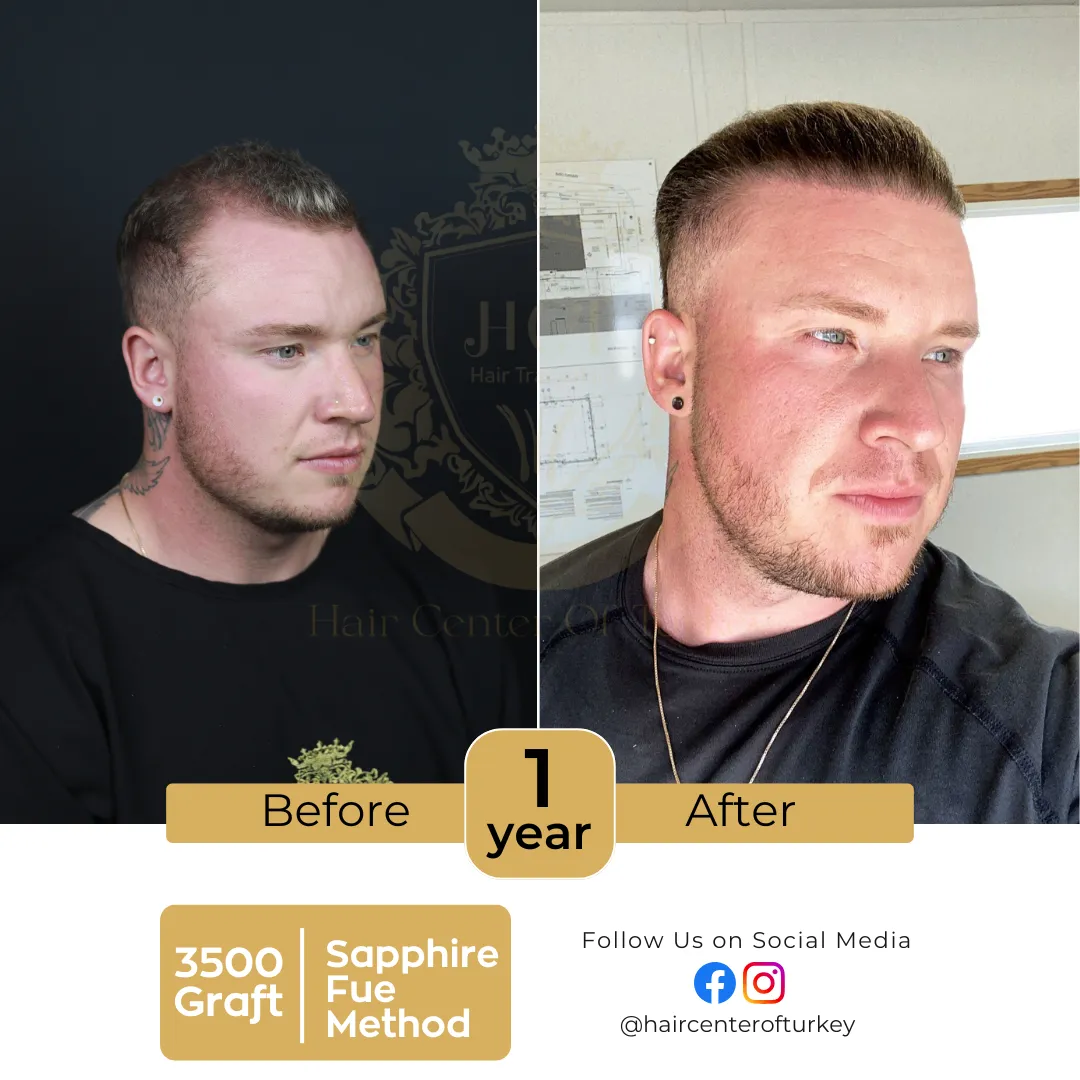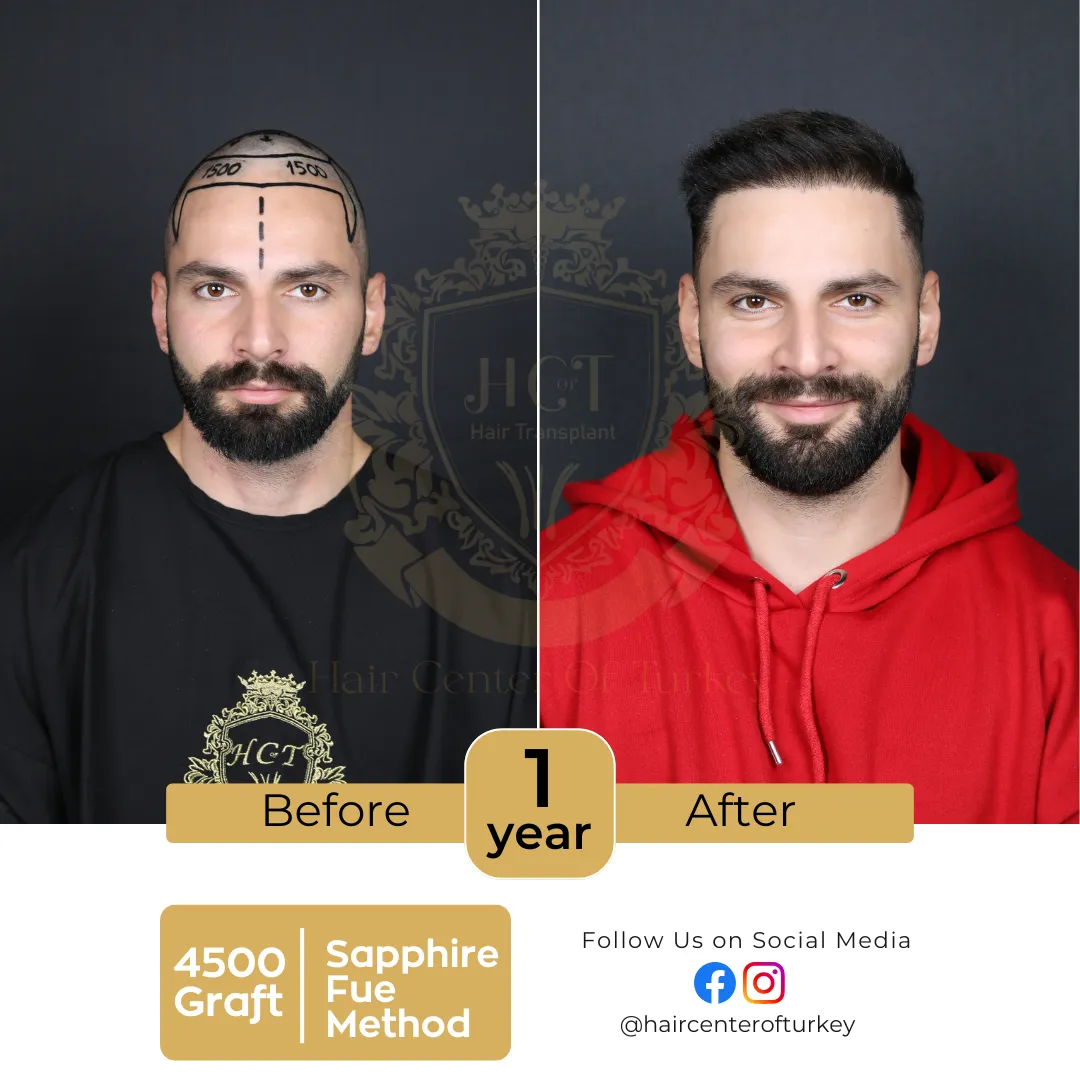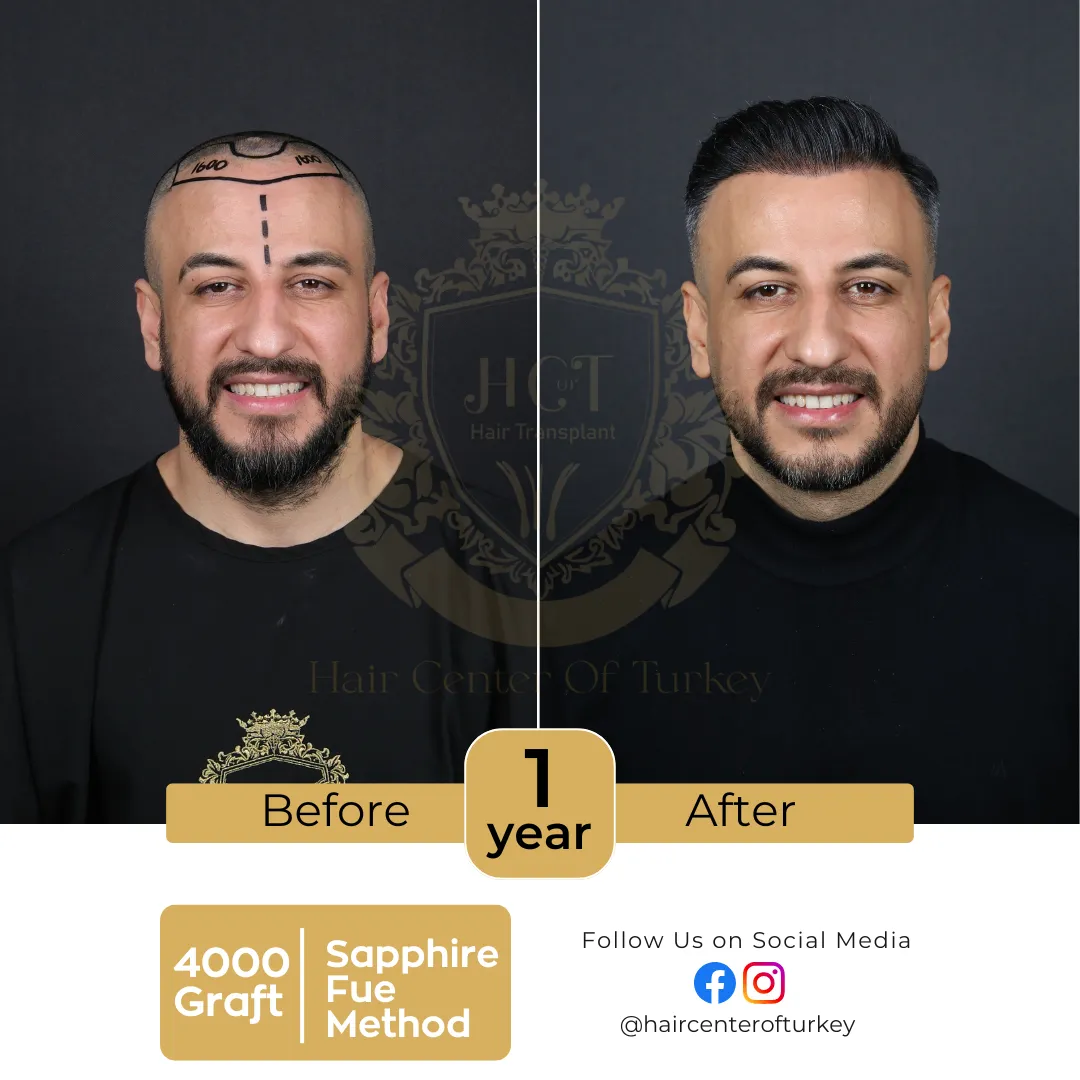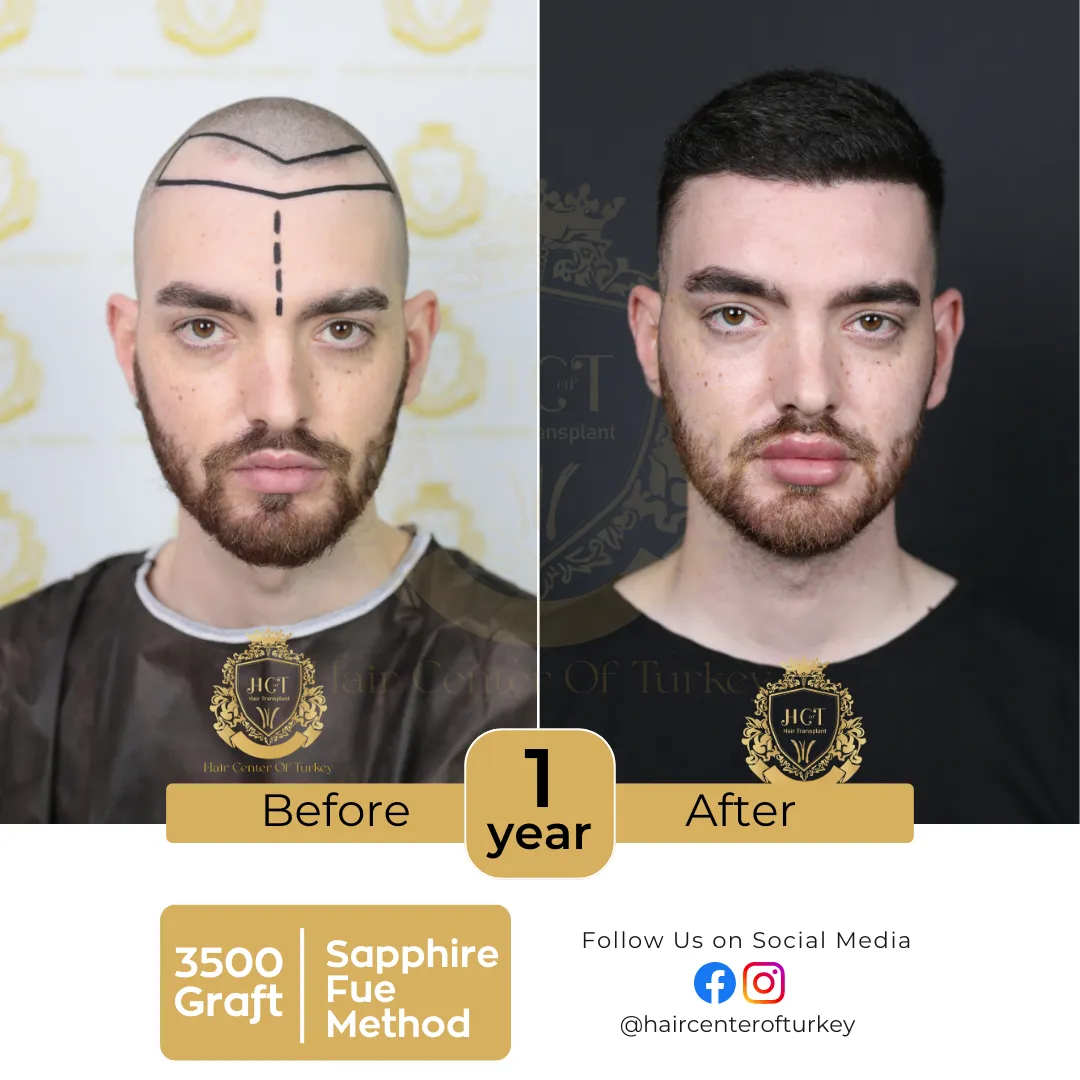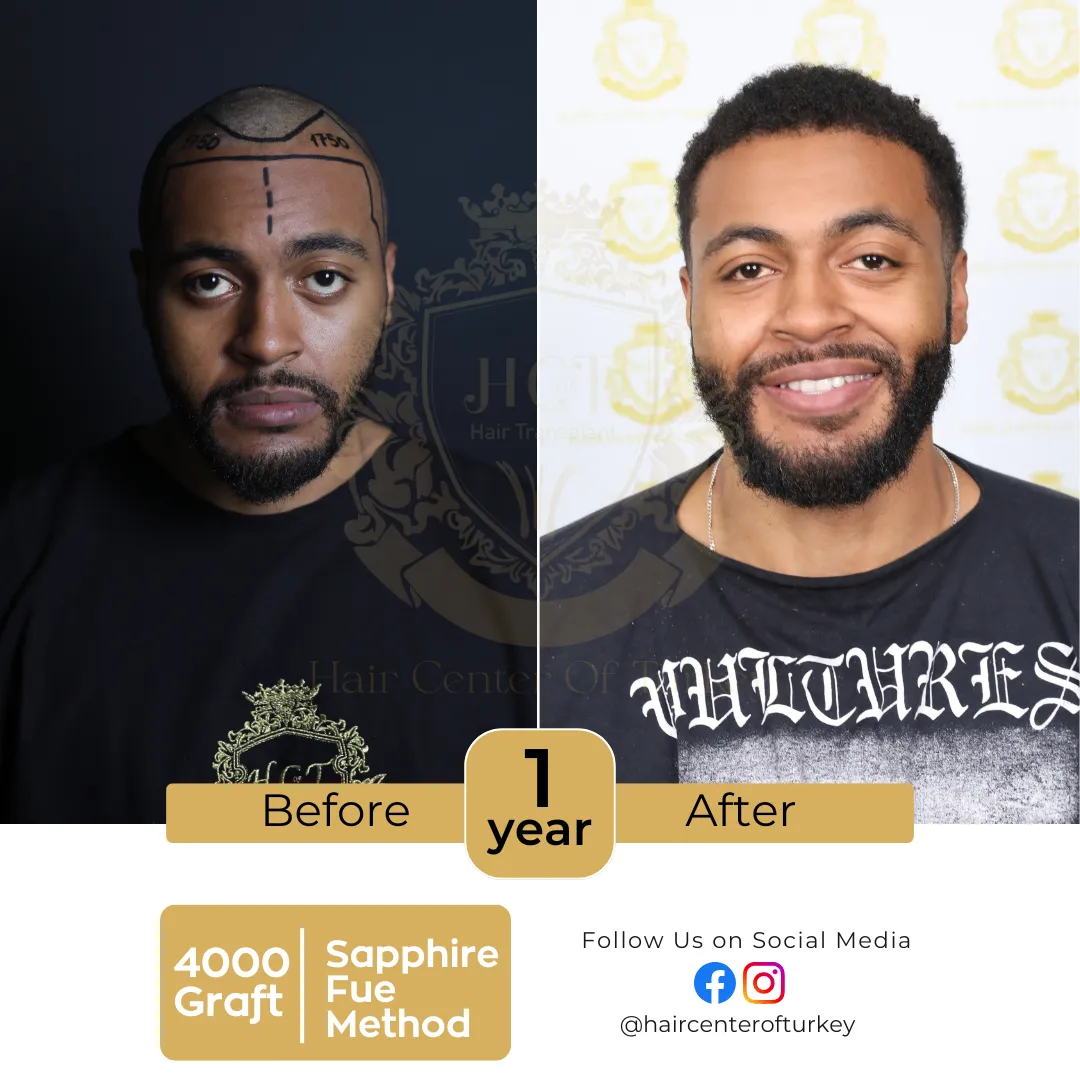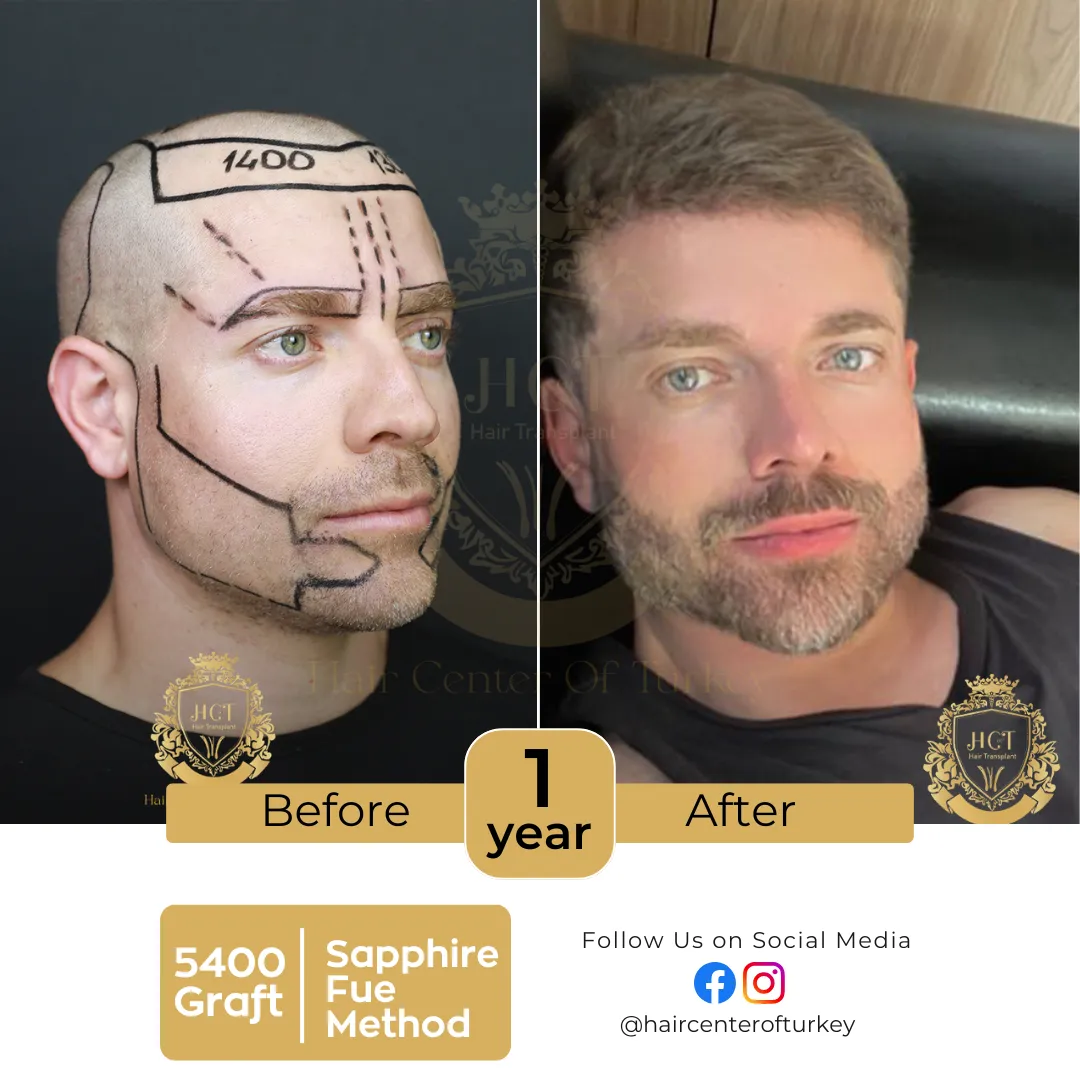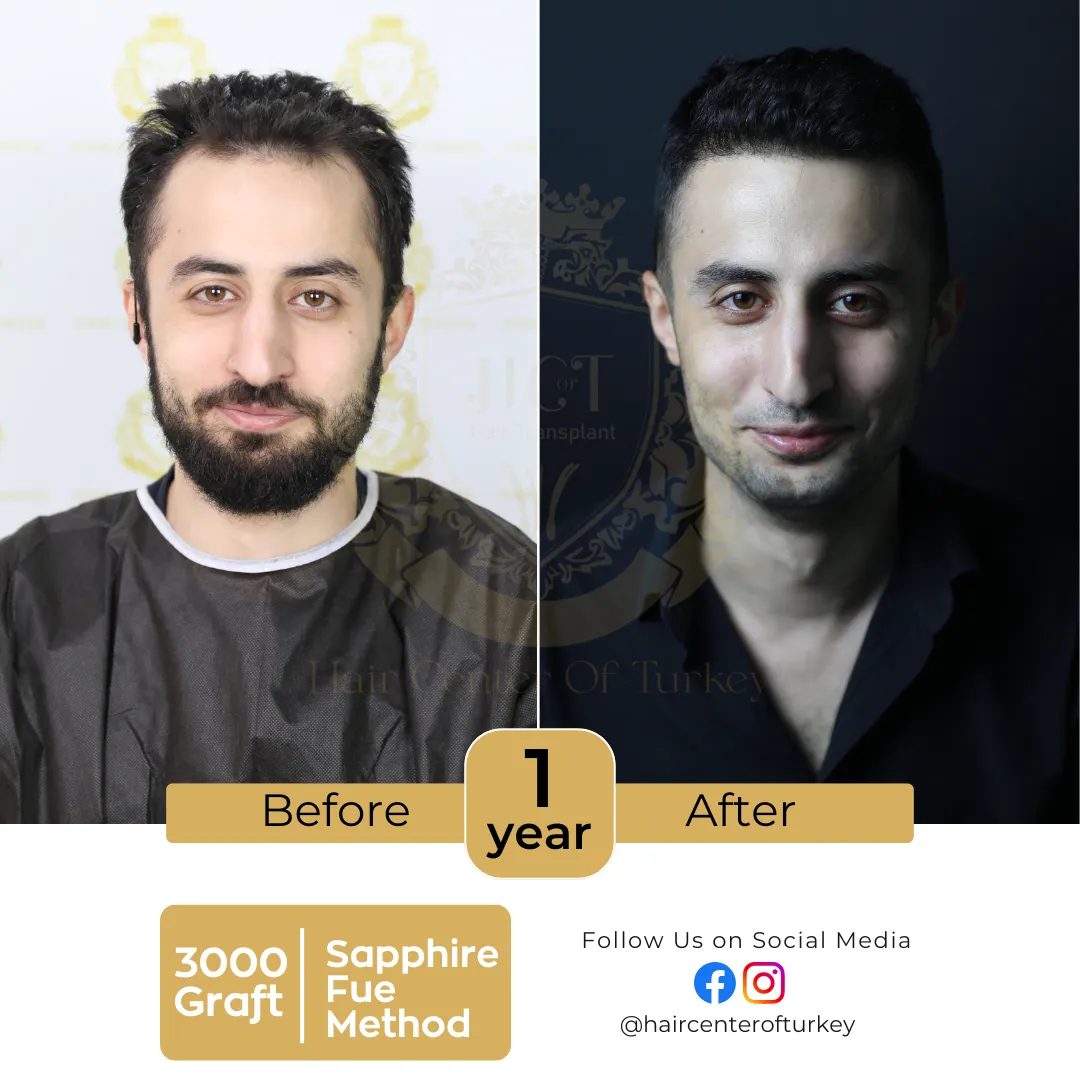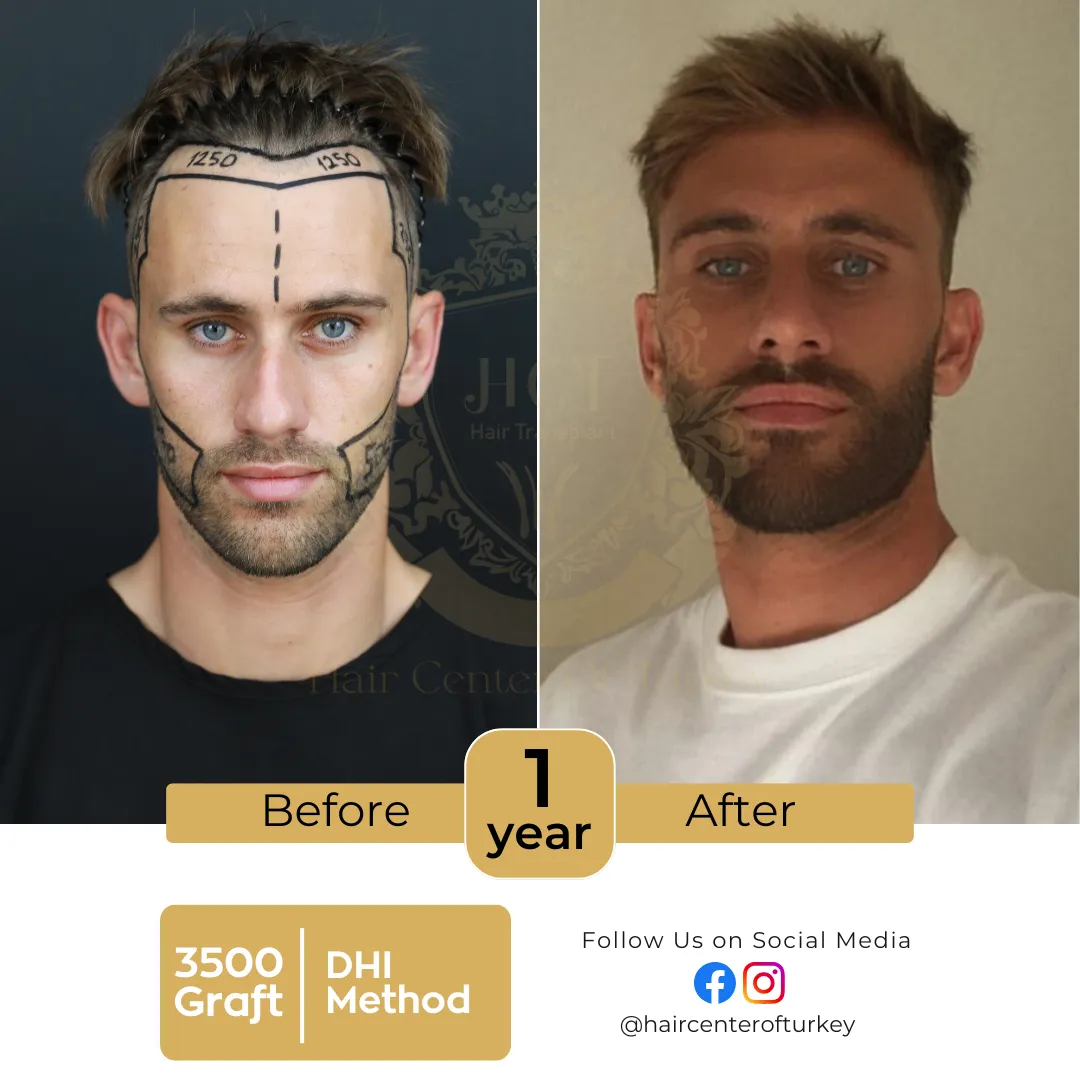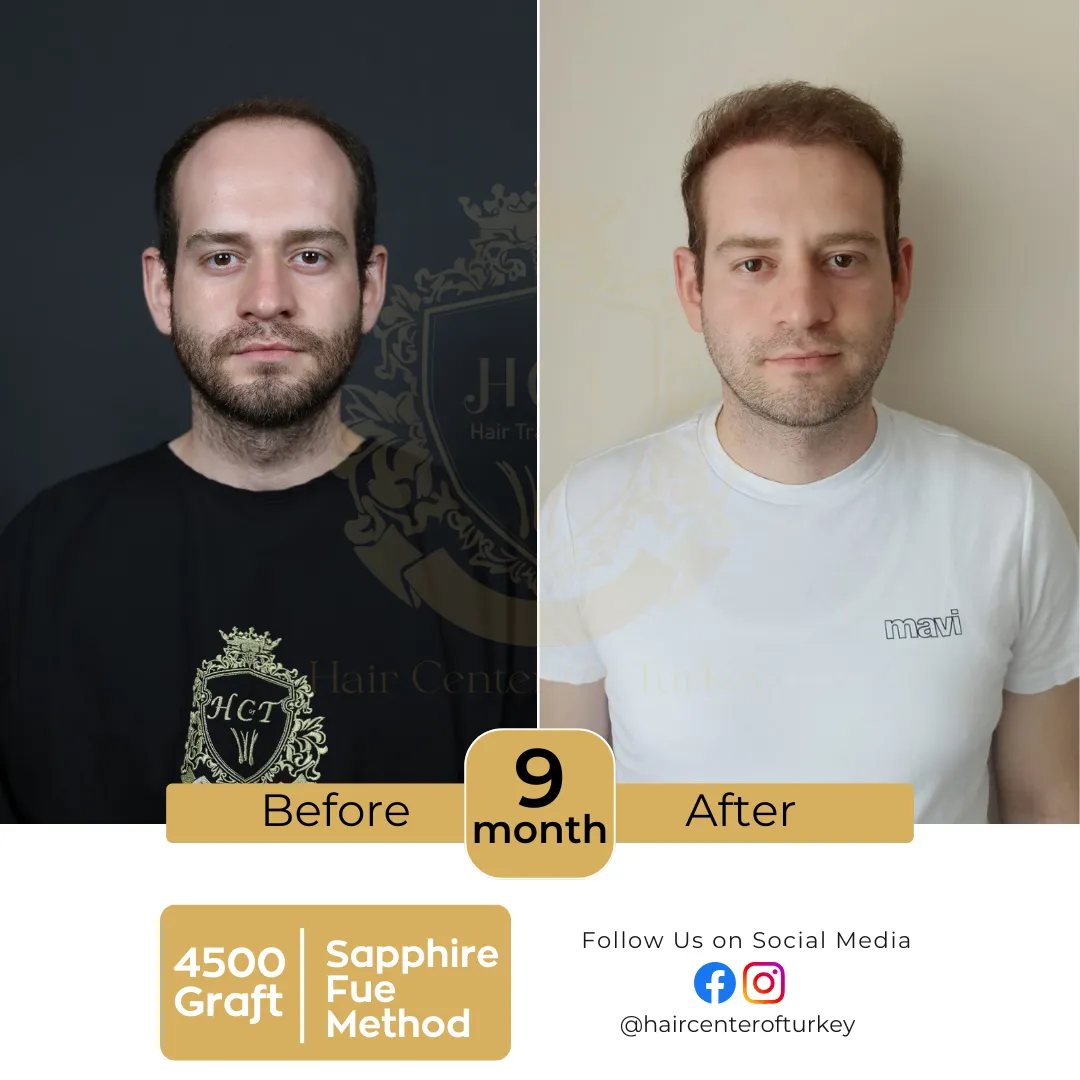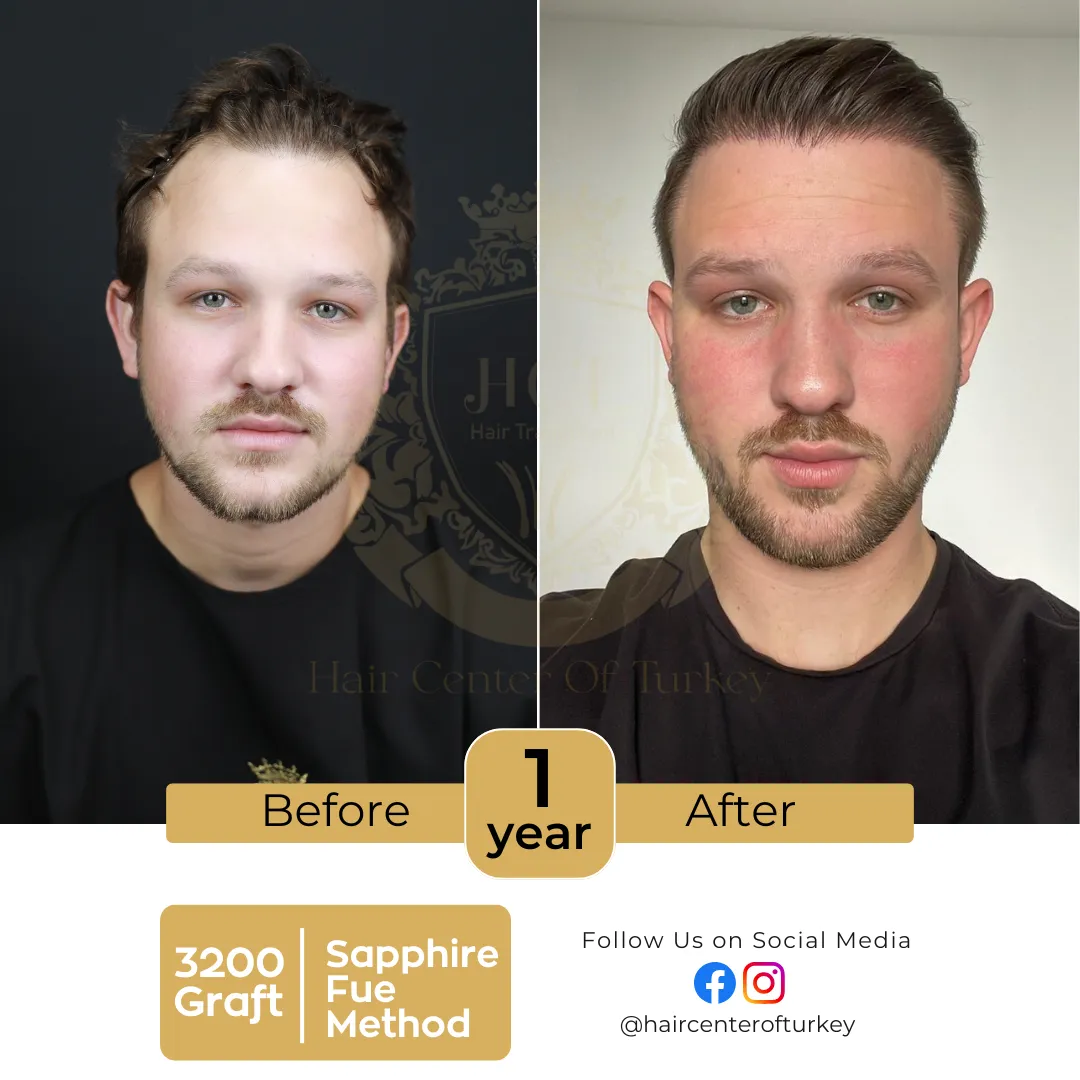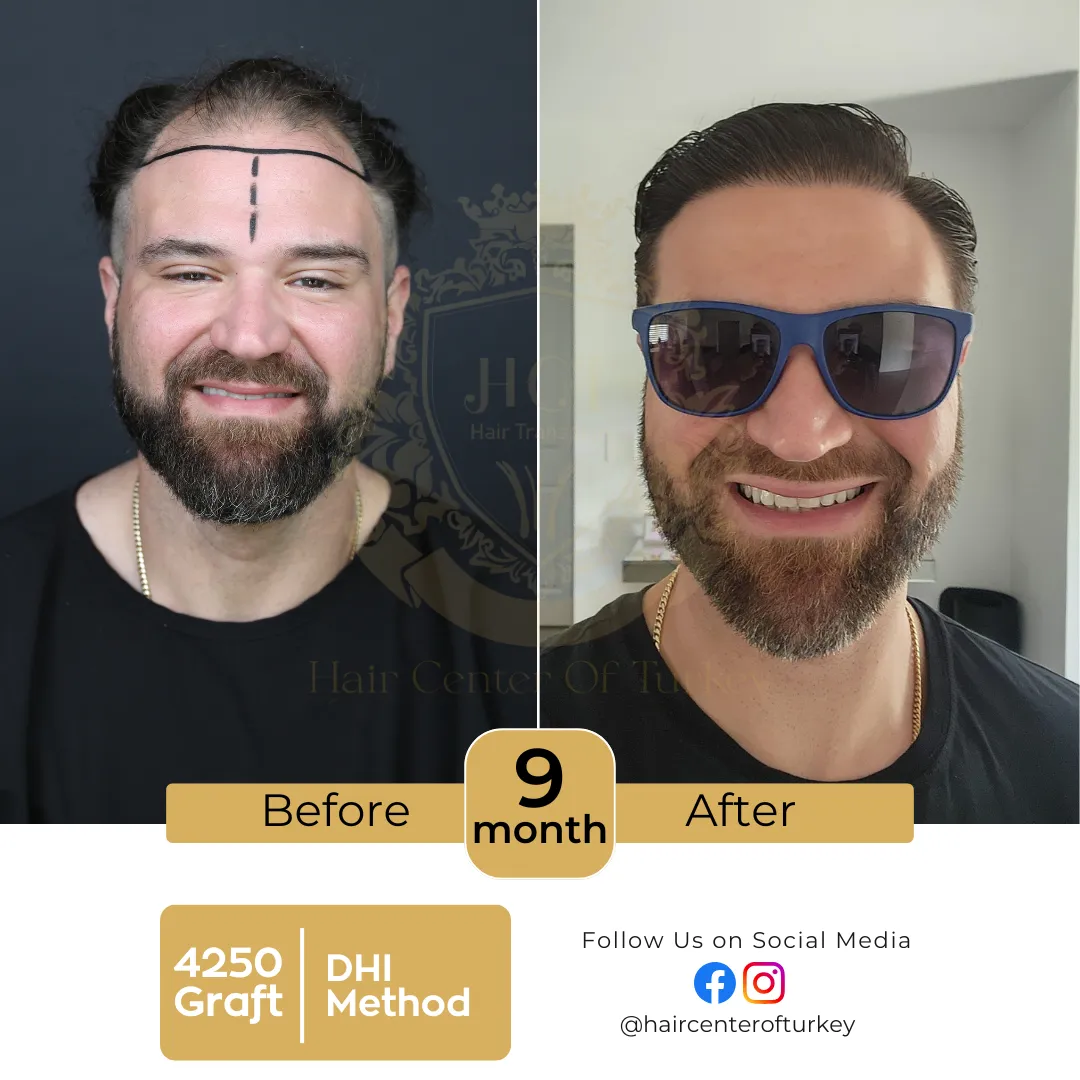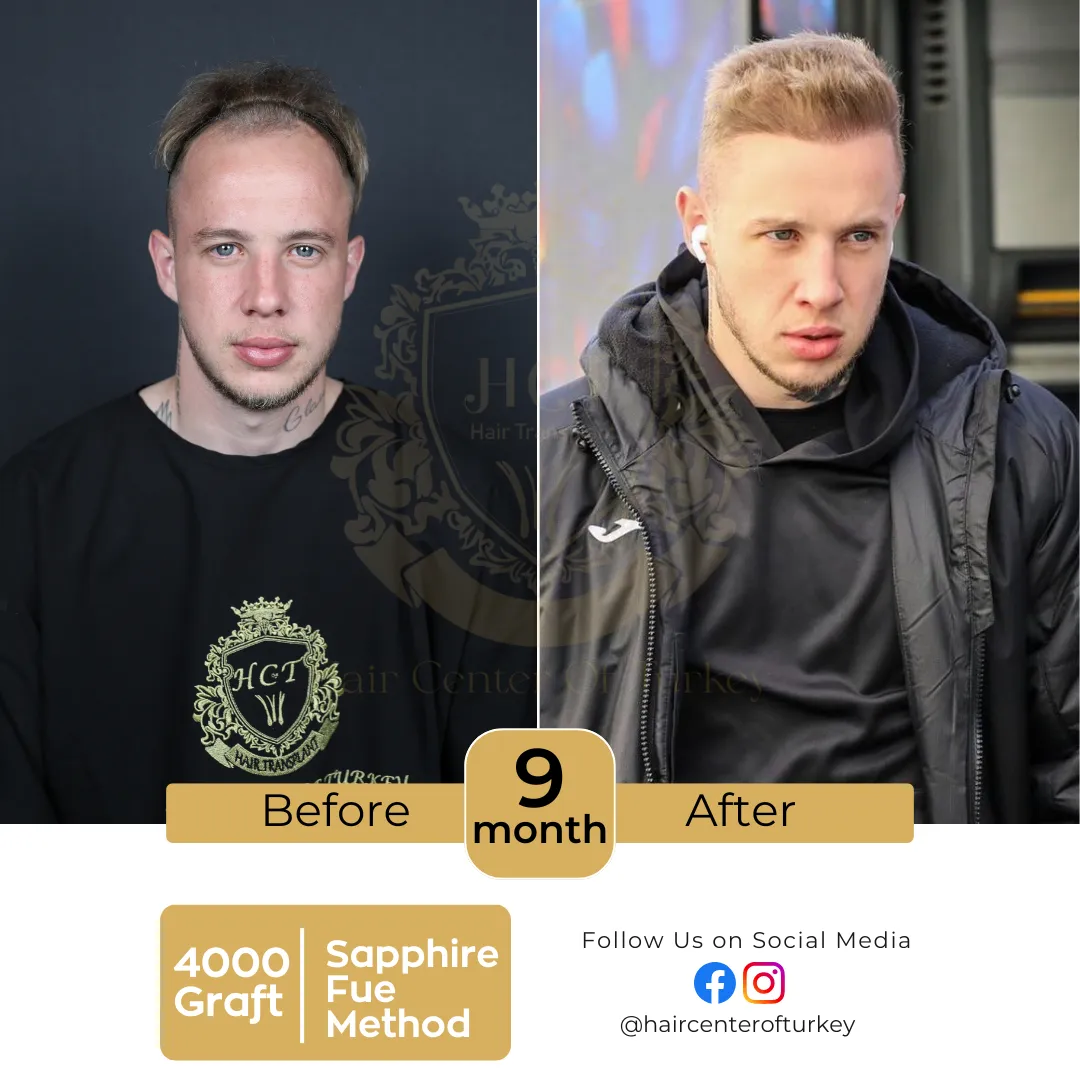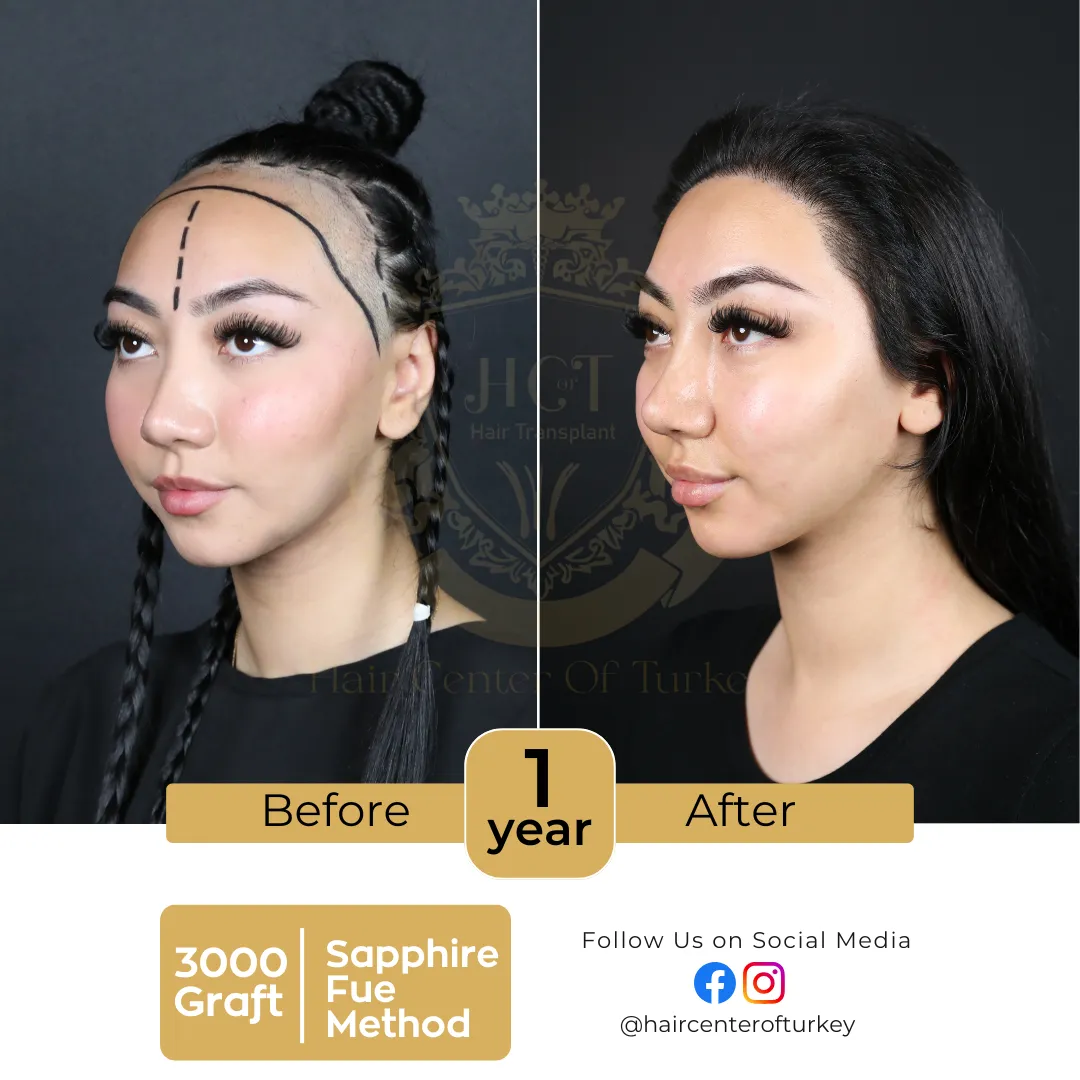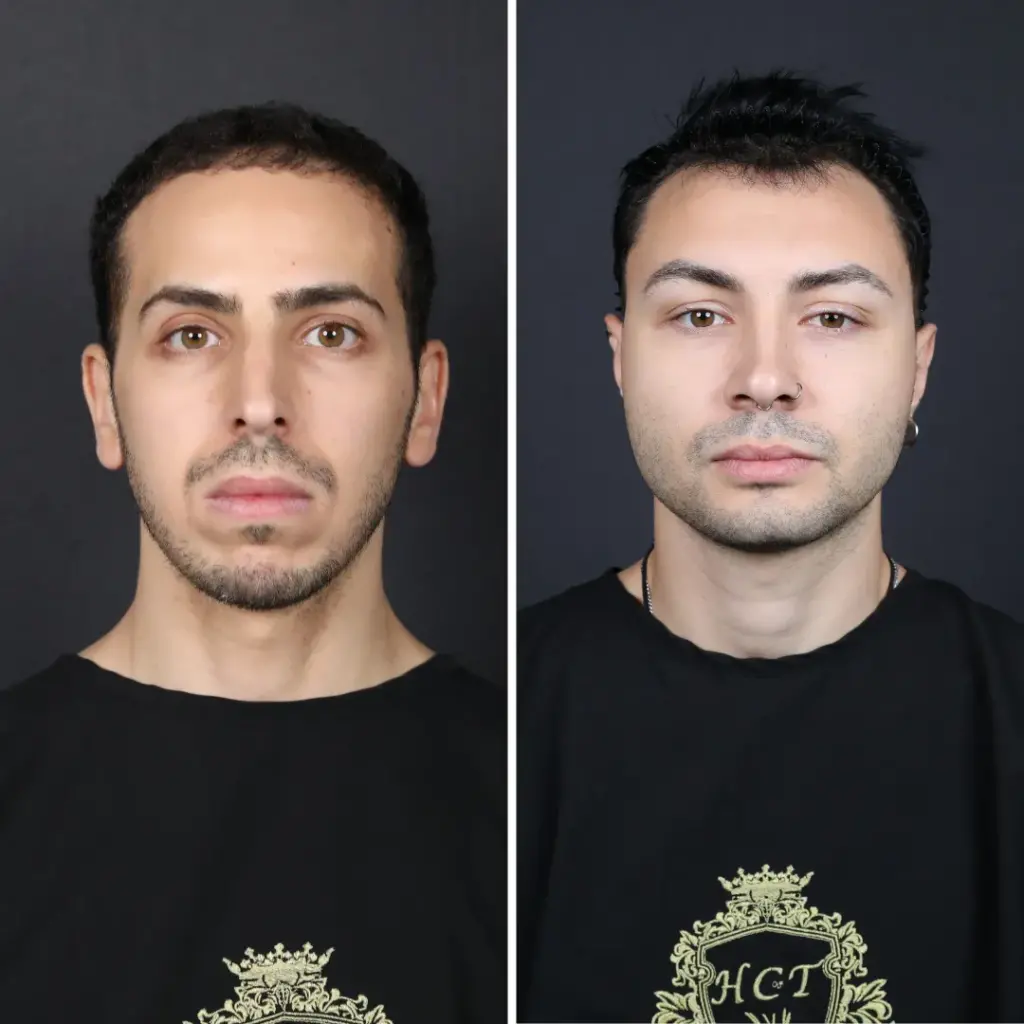What Is The Best Age To Get A Hair Transplant?
Hair loss affects millions of people globally, and for those contemplating a hair transplant, a common question often arises: What is the best age to get a hair transplant? While there isn’t a single answer to this, several important factors come into play when determining the ideal time for a hair transplant.
In this article, we’ll take a closer look at these factors to help you make a well-informed decision regarding your hair restoration journey and determine the most suitable timing for the procedure based on your unique circumstances.
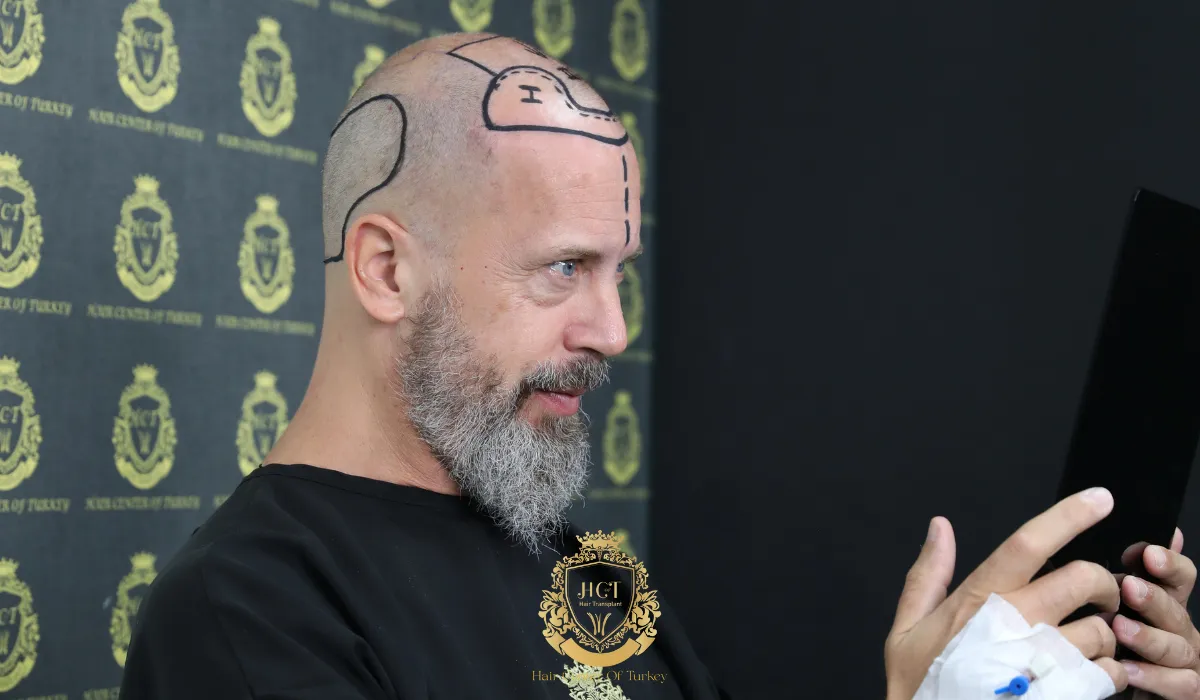
At what age can I get a hair transplant?
We generally advise patients to wait until they reach the age of 30 before considering a hair transplant. However, this recommendation can vary depending on individual circumstances and specific needs. One key factor is that hair loss should have stabilized at the time of surgery. Hair transplants provide permanent coverage in balding or thinning areas, but if hair loss continues, patients may find themselves with transplanted hair in some regions and noticeable thinning or bald patches elsewhere.
Typically, by the time individuals reach their 30s, hair loss tends to slow down and becomes more predictable, making it a more suitable time for considering surgery.
Before opting for any hair transplant, it’s essential to explore all alternative treatments. While a hair transplant can be life-changing, any surgical procedure is a significant commitment. Take the time to fully evaluate all your options, and ensure you’re making a well-thought-out decision.
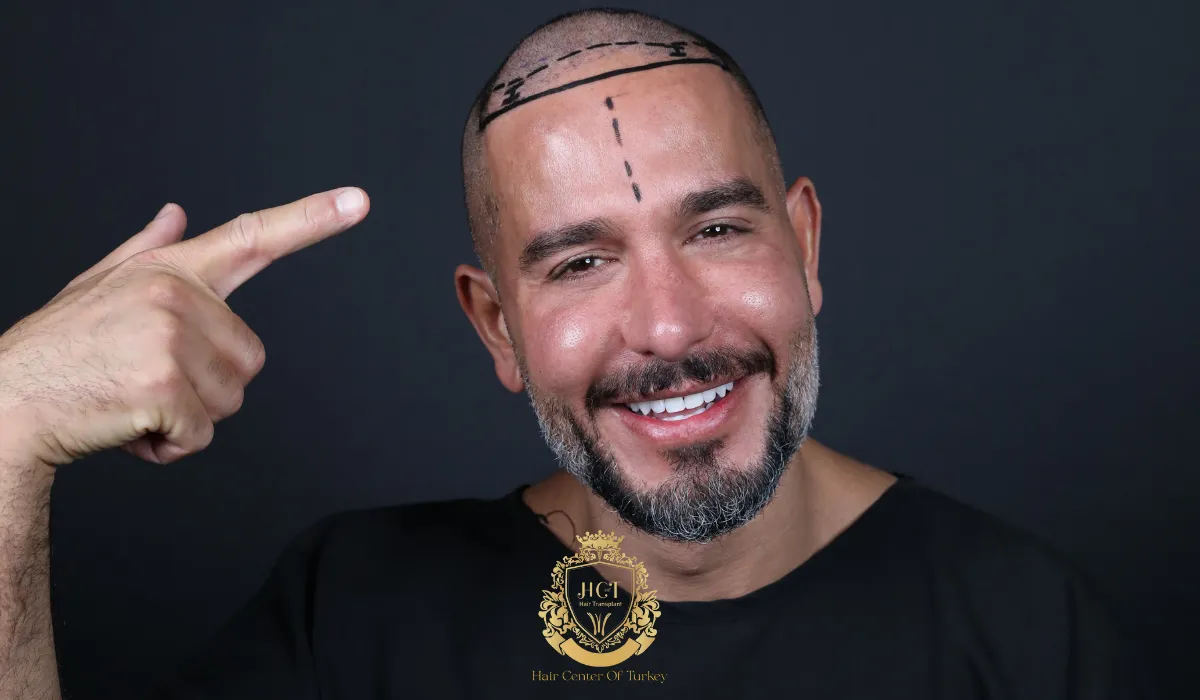
What’s the best age for a hair transplant?
Determining the best age for a hair transplant can be challenging, as it depends on the extent of hair loss, which is often measured using the Norwood Scale. According to a 2022 study, the most common age range for men undergoing hair transplants is between 30 and 39, while for women, it’s typically between 40 and 49.
For men, the ideal age for a hair transplant generally falls between 27 and 40. By this time, most men have a clearer understanding of their hair loss pattern and can decide whether a transplant is necessary or if treatments like Finasteride and Minoxidil can effectively stabilize hair loss.
For women, the best time for a hair transplant is usually between 40 and 55. This is often because menopause can trigger female pattern hair loss, making this age range more common for women seeking hair restoration procedures.
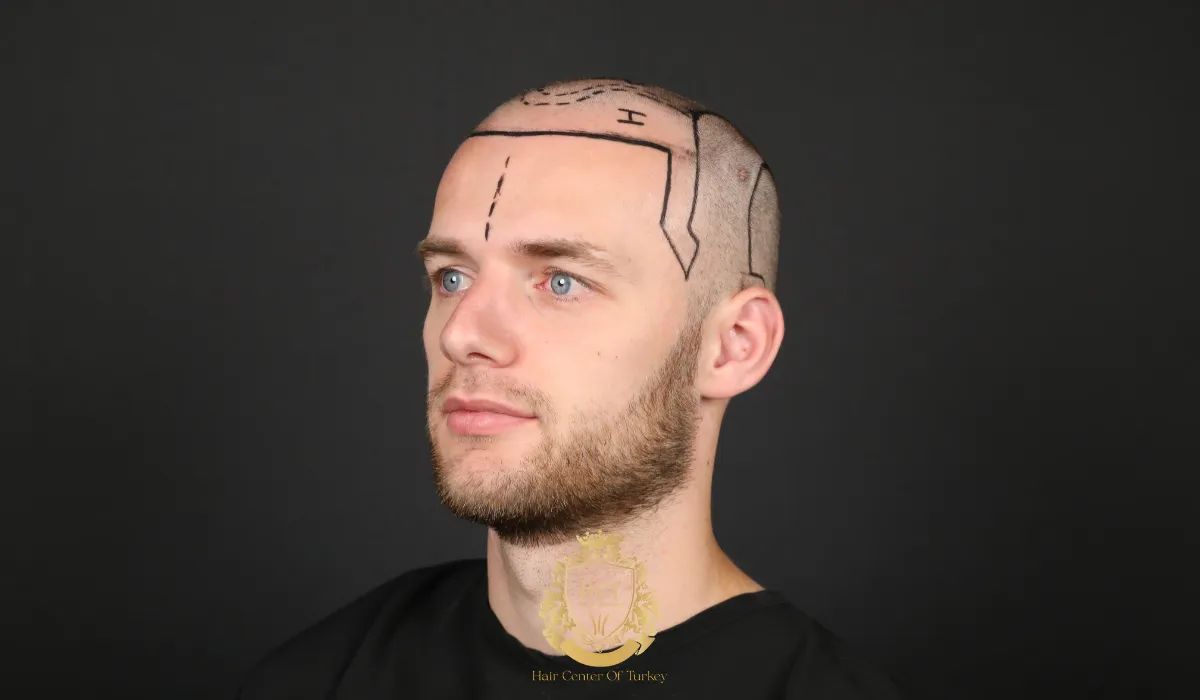
Why does hair loss occur when you’re young?
Male pattern baldness is caused by a mix of genetics, hormones, and age. The hormone dihydrotestosterone (DHT) binds to receptors in hair follicles, gradually shrinking them until they stop producing hair altogether. Your genetic makeup largely dictates how sensitive your hair follicles are to DHT.
DHT plays a crucial role in male development, starting from the embryo stage and continuing through childhood and adolescence. However, as you enter your late teens and early adulthood, DHT becomes less important for growth, but it starts contributing to prostate enlargement and hair loss. This is where DHT blockers like Finasteride come into play. Finasteride can effectively treat both hair loss and benign prostate enlargement, making it a safe option for adults.
Starting a DHT blocker early on can be a cost-effective way to slow or even halt hair loss, often making it a better alternative than jumping straight to a hair transplant. A reputable clinic will always have your best interests in mind, helping you explore non-surgical treatments before suggesting any surgical solutions.

What happens if you get a hair transplant too young?
While the urge to undergo a hair transplant at a young age might be strong, it’s important to understand the potential risks associated with early surgery. One significant concern is that your hair loss pattern may not yet be fully established, making it difficult for your surgeon to predict future balding. As a result, you could end up with uneven hair growth or patchy areas as you age, potentially requiring a second transplant down the line.
Experiencing hair loss at a young age can undoubtedly impact your self-esteem. However, before opting for surgery, it’s essential to explore all non-surgical treatments available. Consulting with a hair loss specialist can provide you with tailored advice on the most appropriate course of action, ensuring you make a well-informed decision for your future.
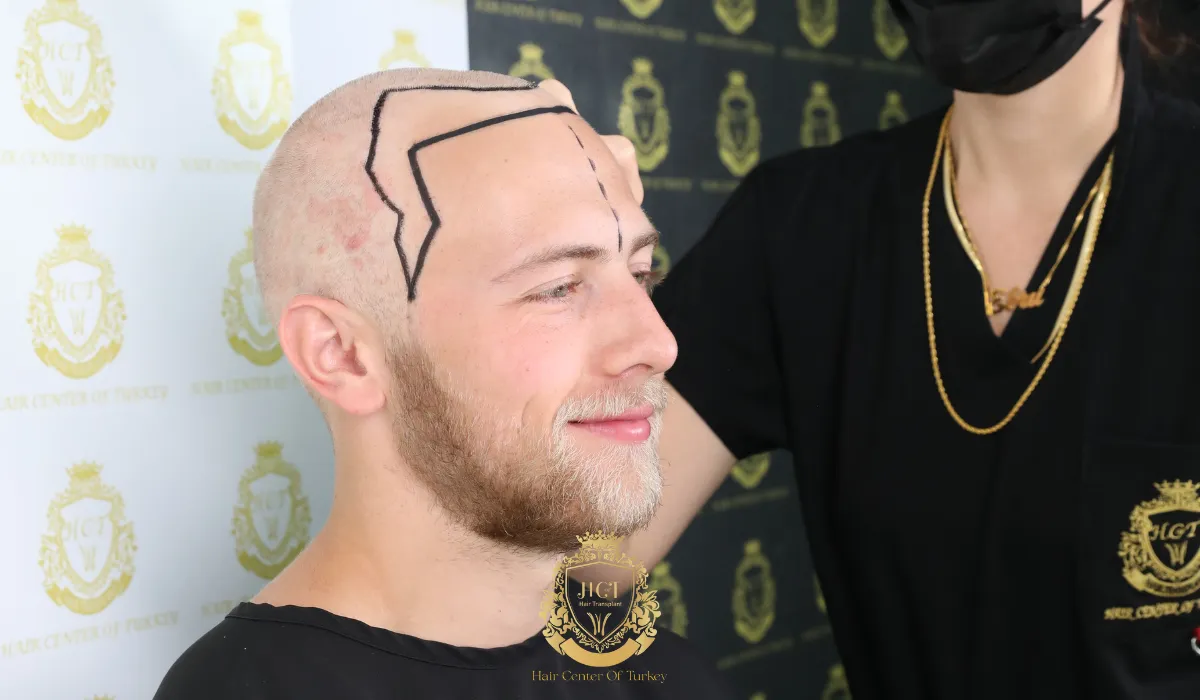
Can you be too old to get a hair transplant?
While many individuals seek FUE or FUT hair transplant procedures in their younger years, it’s also possible to wait too long to pursue treatment. Male pattern baldness is a progressive condition, meaning hair loss will continue as you age if you are prone to it. By the time someone reaches Norwood stages 5, 6, or 7, it becomes more challenging to achieve desired coverage through a hair transplant due to the limited availability of healthy donor hair.
Although it’s still feasible to undergo a hair transplant in your 50s or beyond, achieving optimal results can be more difficult compared to men in their 30s or 40s, who often retain better mid-scalp hair density. For older individuals, managing expectations and understanding the limitations of later-stage procedures is crucial for a satisfying outcome.
F.A.Q. (Frequently Asked Questions)



